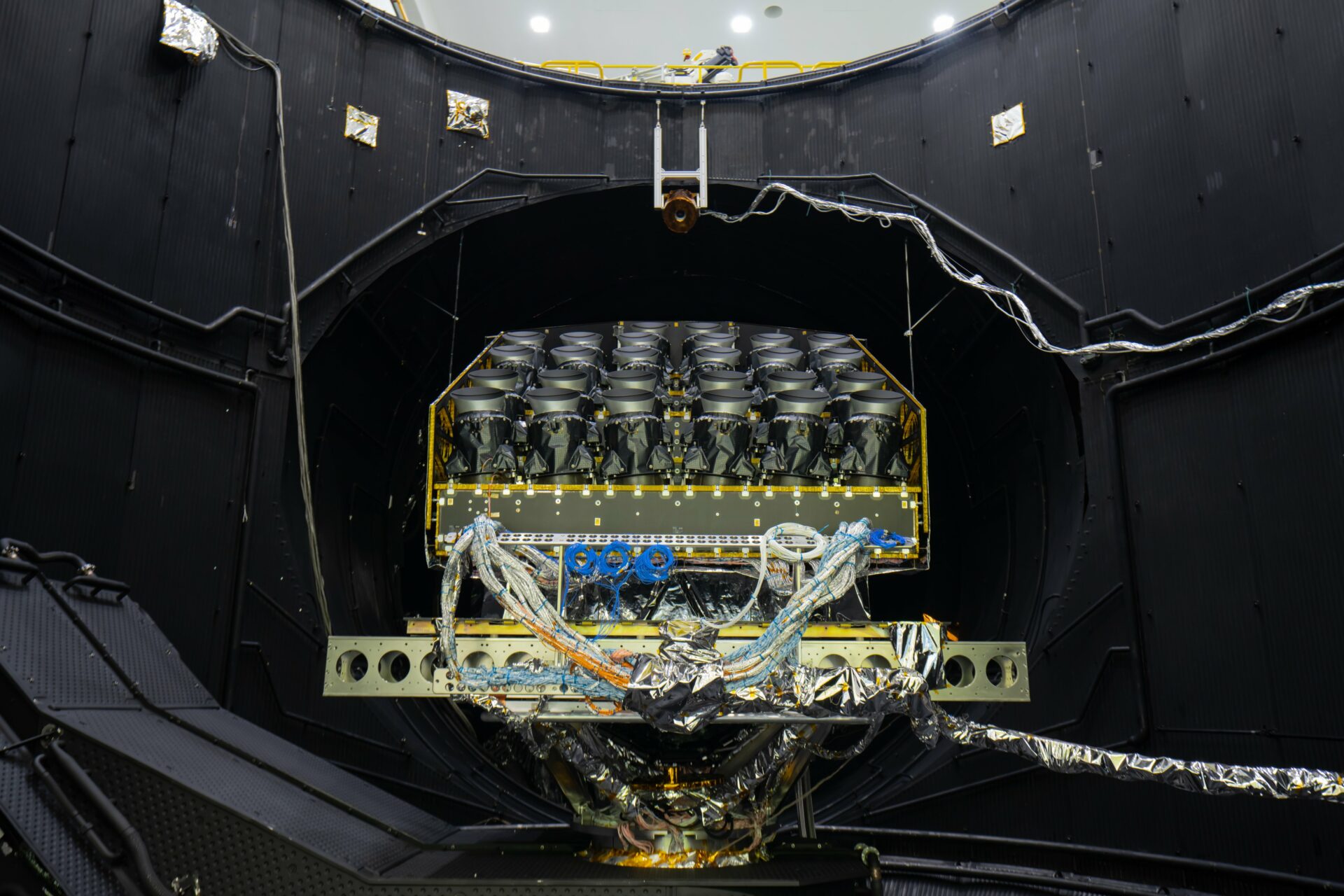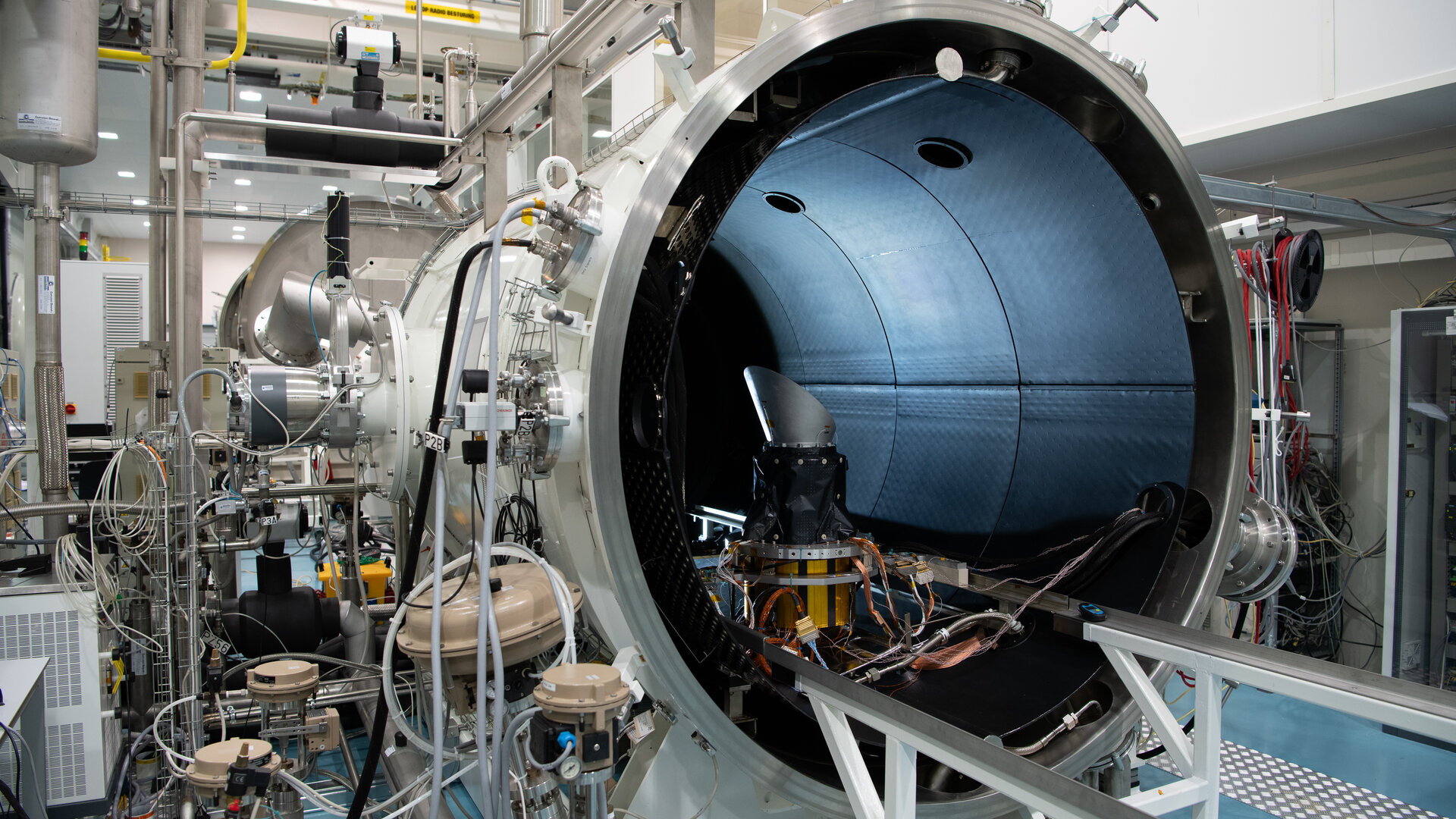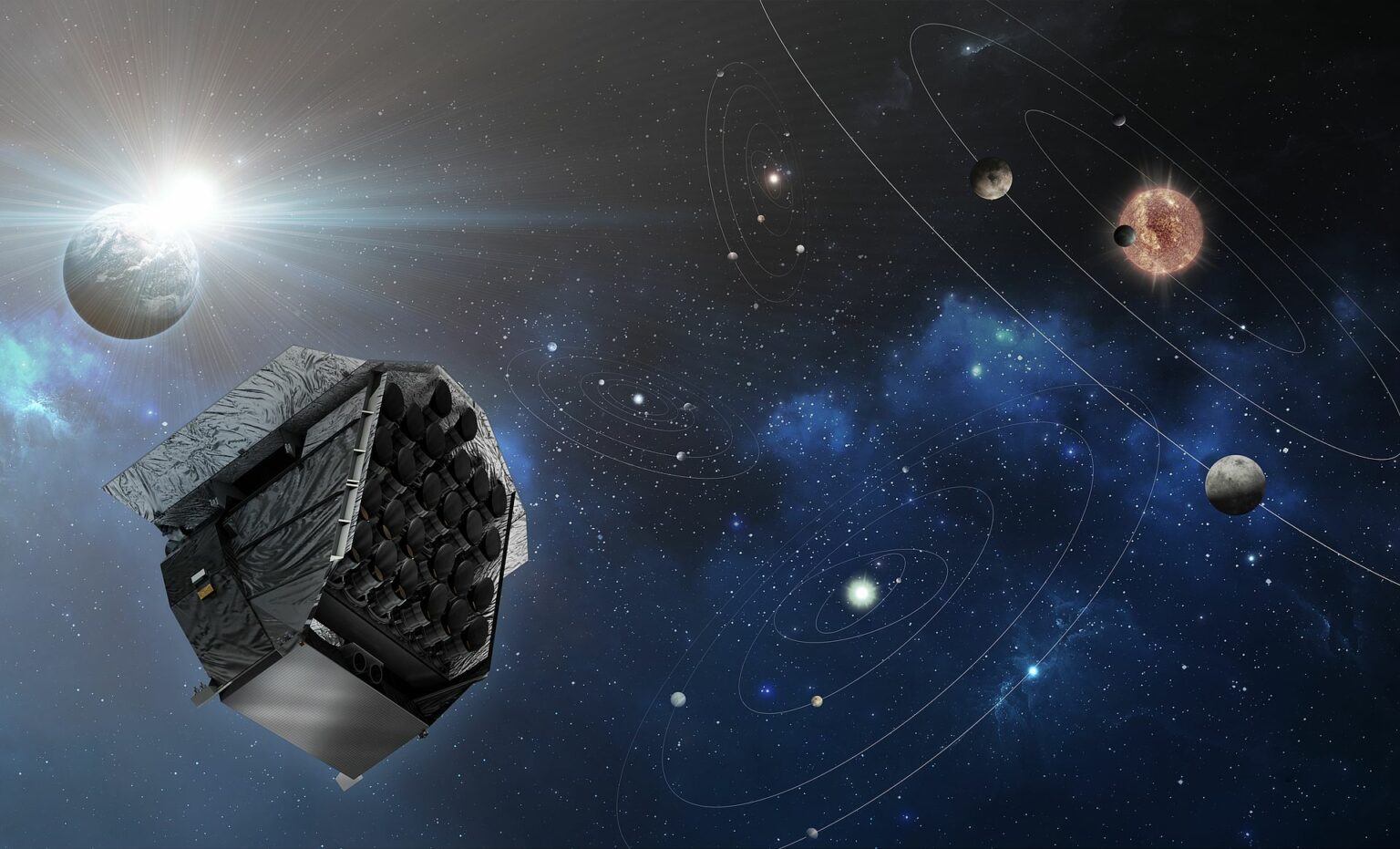The study of exoplanets, or planets outside our solar system, has increased dramatically over the past decade. Thanks to missions such as the Kepler Space Telescope and CHEOPS, we have discovered thousands of exoplanets. Human curiosity knows no bounds, so scientists want to get to know these distant worlds better. They will be helped by the most advanced James Webb space telescope, and the European Space Agency (ESA) telescope called Plato (PLAnetary Transits and Oscillations of Stars) will soon come to its aid.

Plato is a next-generation satellite created specifically for hunting for exoplanets. Its launch is scheduled for 2026. To prepare the spacecraft for harsh space conditions, Plato equipment is being tested at the ESA ESTEC test center and at the Netherlands Institute for Space Research. Most recently, the Plato test module underwent vacuum tests in a special vacuum chamber to make sure that it withstands the effects of the space environment. The body of the device was placed in a specially designed simulator for several weeks, recreating the conditions of the cosmic vacuum.

Plato will rely on its 26 cameras to detect exoplanets. All of them must work flawlessly in an airless environment. Tests on the test module have shown that the body and all cameras perfectly cope with the harsh vacuum conditions. The next step will be to check all 26 cameras in a model called the “flight model”. In the new test, Plato will be subjected to more merciless conditions: cold space conditions and temperature changes.

After all the tests, Plato will be sent to the L2 Lagrange point, where it will rotate together with JWST and gaze intently into space in search of distant exoplanets. 26 cameras will be aimed at the “target stars” and will photograph them for two years every 25 seconds, and two central cameras will take pictures every 2.5 seconds. This is necessary to detect tiny shifts in brightness caused by the passage of exoplanets through these stars.
Follow us on Twitter to get the most interesting space news in time
https://twitter.com/ust_magazine

